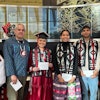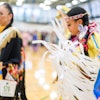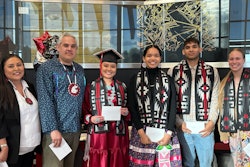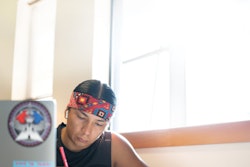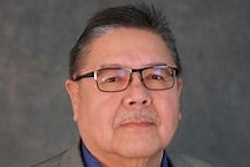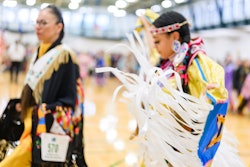 President Obama
President Obama
“There were tears in that room, pretty much the entire conversation. They sensed that schools weren’t
always preparing them properly. That they weren’t sure about the possibilities of a better future,” Obama said.
Speaking at the 2014 White House Tribal Nations Conference, Obama described that visit as the catalyst for a number of new policies he hopes to see enacted to better the current educational and economic outcomes of all tribal nations in the U.S.
The White House Tribal Nations Conference, which met for its sixth consecutive year, brings together representatives from the 556 federally recognized tribes with senior federal administrators in Washington.
Central to Obama’s goal is education. The White House 2014 Native Youth Report, released on Wednesday, finds that Native youth and Native education “are in a state of emergency.”
Data paint a bleak picture: 22 percent of American Indians and Alaska Natives (AIAN) ages 25 and older have not finished high school, and only 13 percent have a bachelor’s degree, according to the findings for 2008 from the National Center for Education Statistics.
While most students attend public schools administered by the state, 8 percent of AIAN students ― about 41,600 youth ― go to federally-funded Bureau of Indian Education (BIE) schools, located on 63 tribal reservations.
